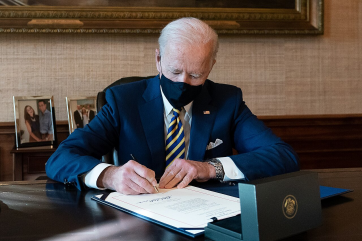Project AMAZE Hopes To Use 3-D Printing To Manufacture Satellites (PHOTO)
By Staff ReporterWhen NASA, or in this case the European Space Agency (Esa), needs a new satellite, will the space agency be able to print one out?
That's the ultimate goal for the multi-nation project known as AMAZE, an acronym that stands for a full mission statement: Additive Manufacturing Aiming Towards Zero Waste and Efficient Production of High-Tech Metal Product, as per the BBC.
The basic aim of AMAZE is to use 3-D printing (aka "Additive Manufacturing) to revolutionize the production of metal in the same way the technology has impacted plastics, according to the BBC 3-D printing appeals to companies using metal products for two main reasons. For one, the process dramatically reduces waste.
"To produce one kilo of metal, you use one kilo of metal - not 20 kilos," Esa's Franco Ongaro said. "To do that (produce a satellite by 3-D printing) would save 50% of the costs - millions of euros."
The second allure of "additive manufacturing" is the way it creates products impossible to duplicate by other means. Not only can 3-D devices manipulate geometric angles and shapes in new ways, but the machines are able to work with metals at extreme temperatures. Combining these two factors leads to parts that are lighter and stronger, according to the BBC.
"We want to build the best quality metal products ever made," said David Jarvis, Esa's head of new materials and energy research. "Objects you can't possibly manufacture any other way."
According to the BBC, the technology will produce material able to withstand nuclear reactors and rocket engines.
"To build a [fusion reactor], like Iter, you somehow have to take the heat of the Sun and put it in a metal box," Jarvis said. "If we can get 3D metal printing to work, we are well on the way to commercial nuclear fusion."
AMAZE began in January 2013 and is a 20 million euro collaborative effort between 28 members of "European industry and academia"; factories are being set up in France, Germany, Italy, Norway and the UK. Emphasis will be on "setting up a supply chain", refining the printing process, and sharing ideas, reported the BBC.
"We can't do all this unless we collaborate between industries - space, fusion, aeronautics," Jarvis said. "We need all these teams working together and sharing."








